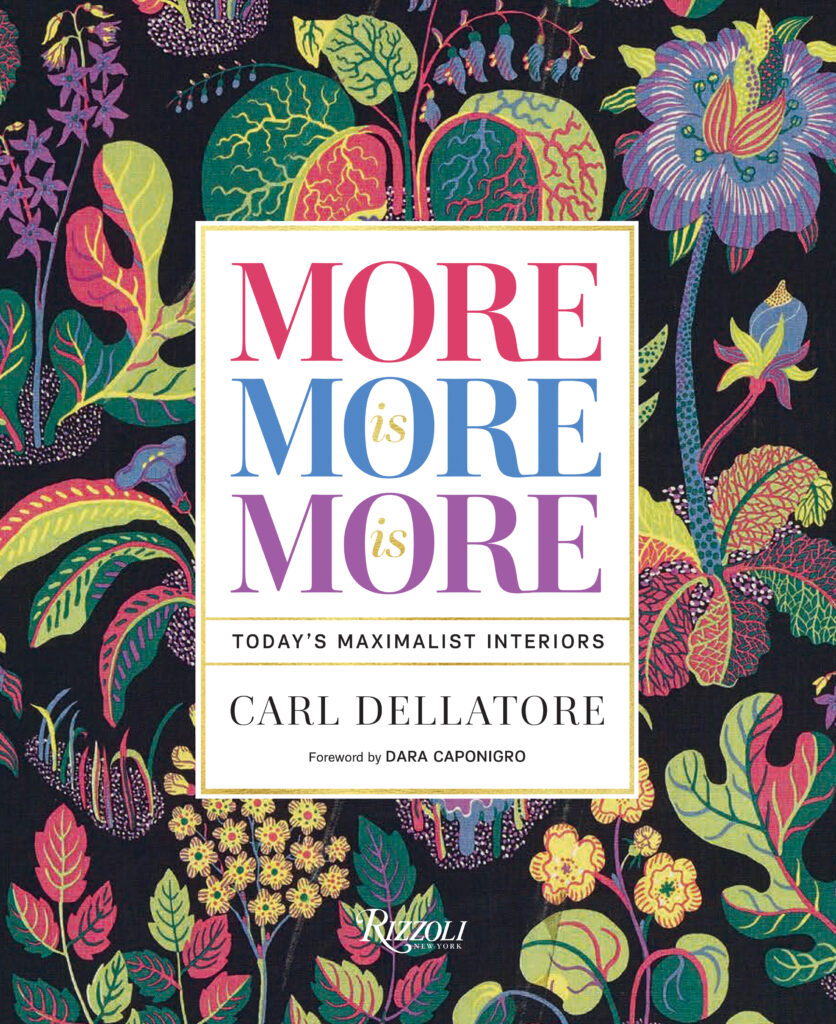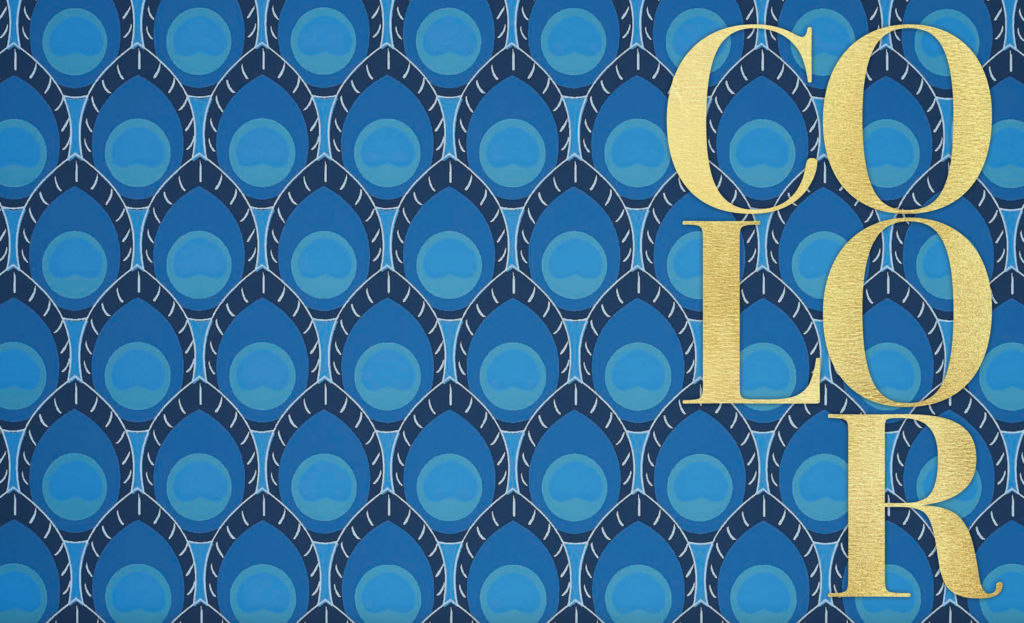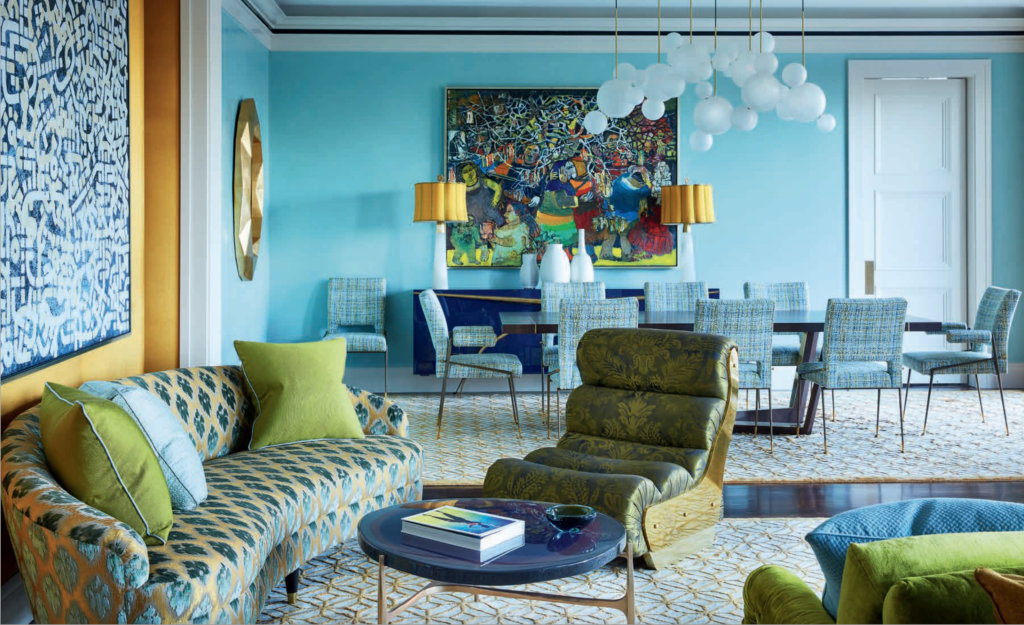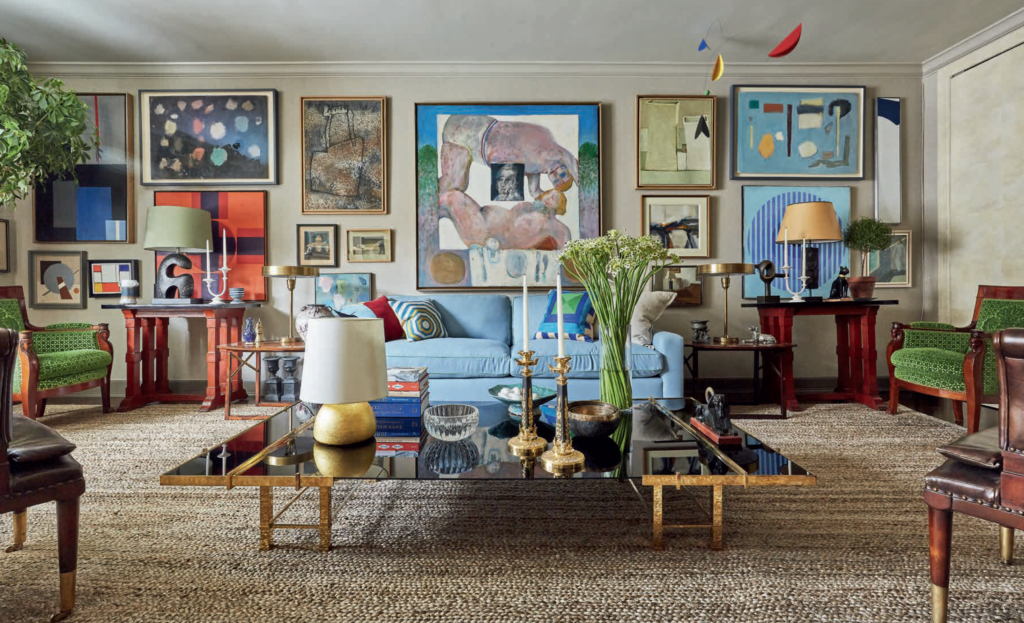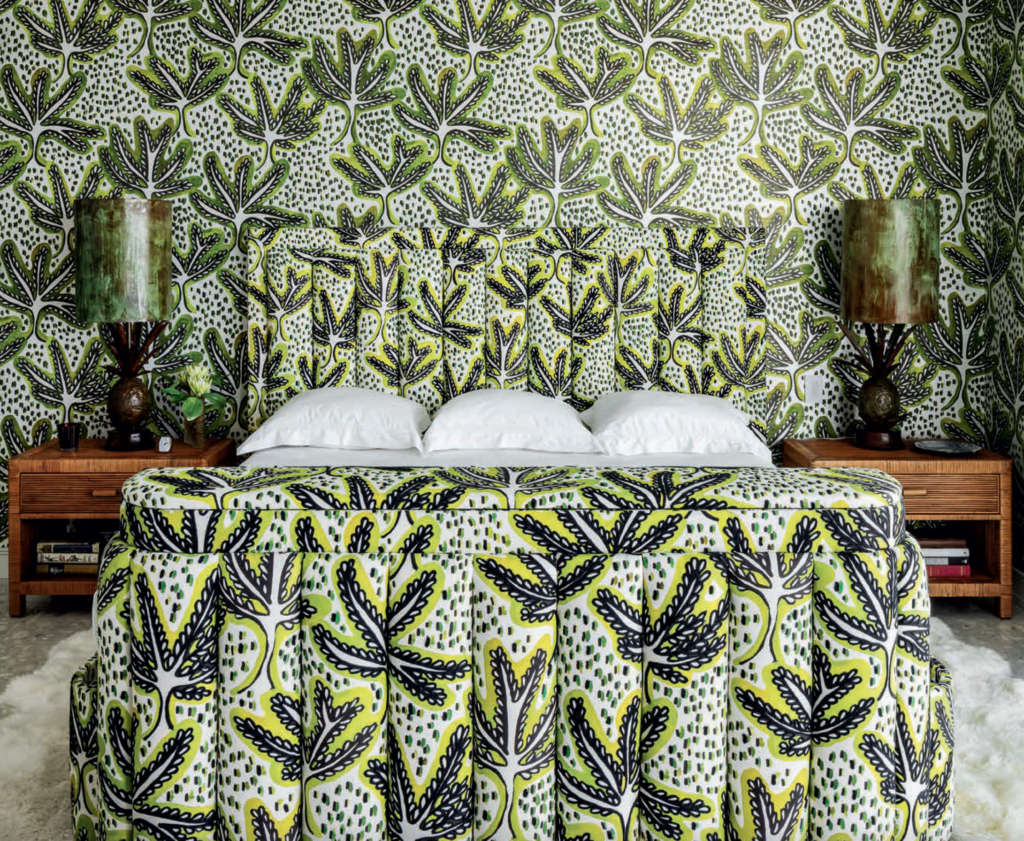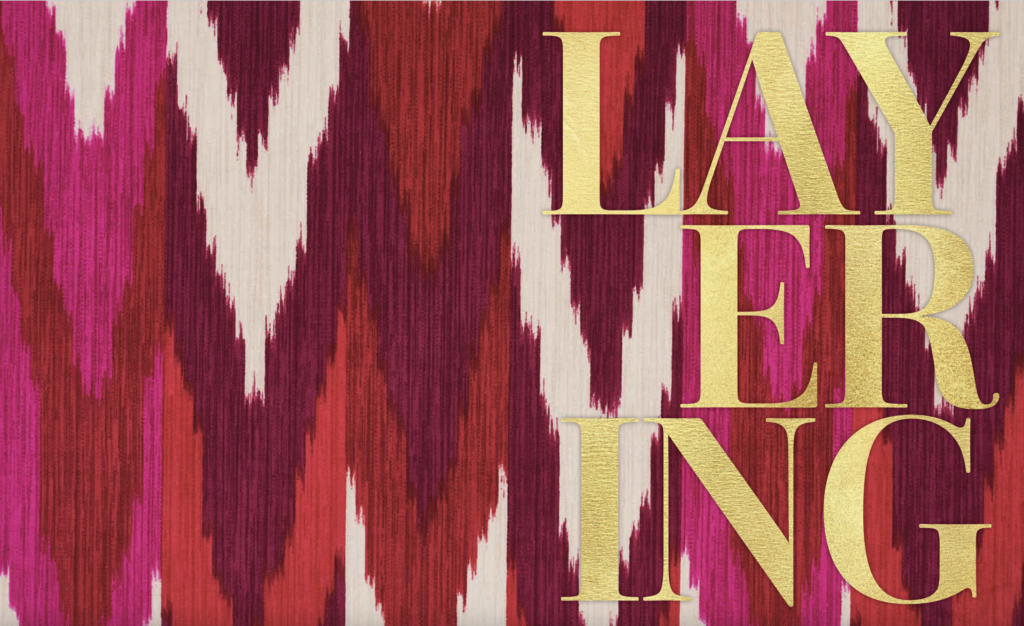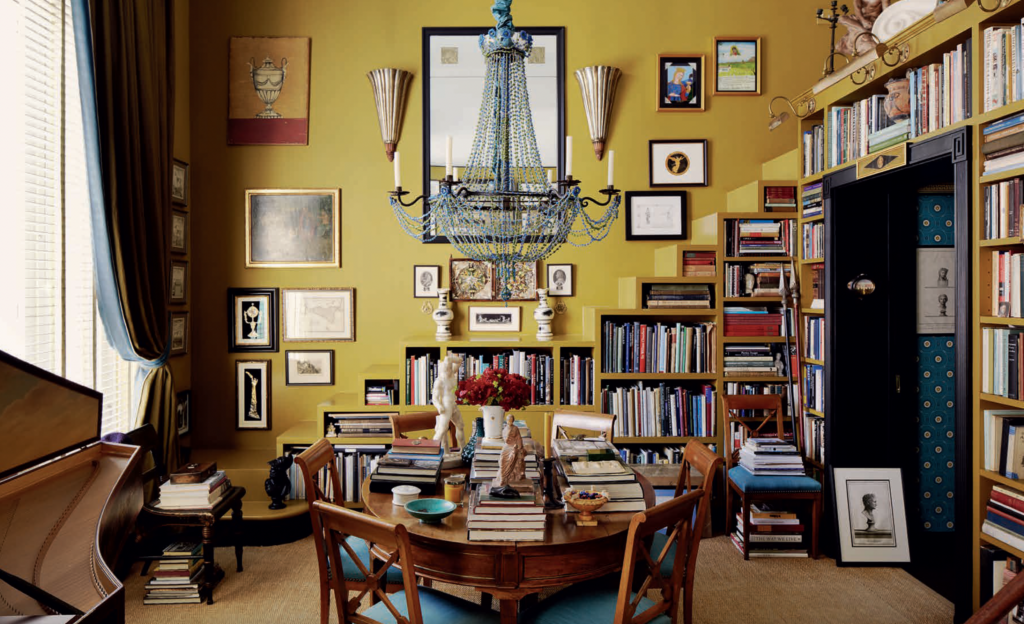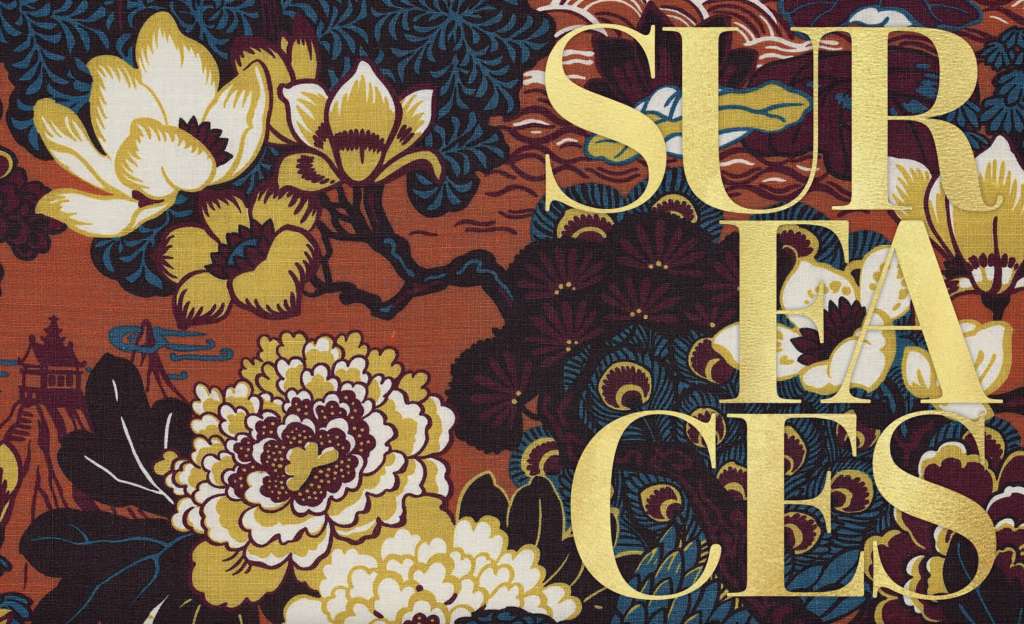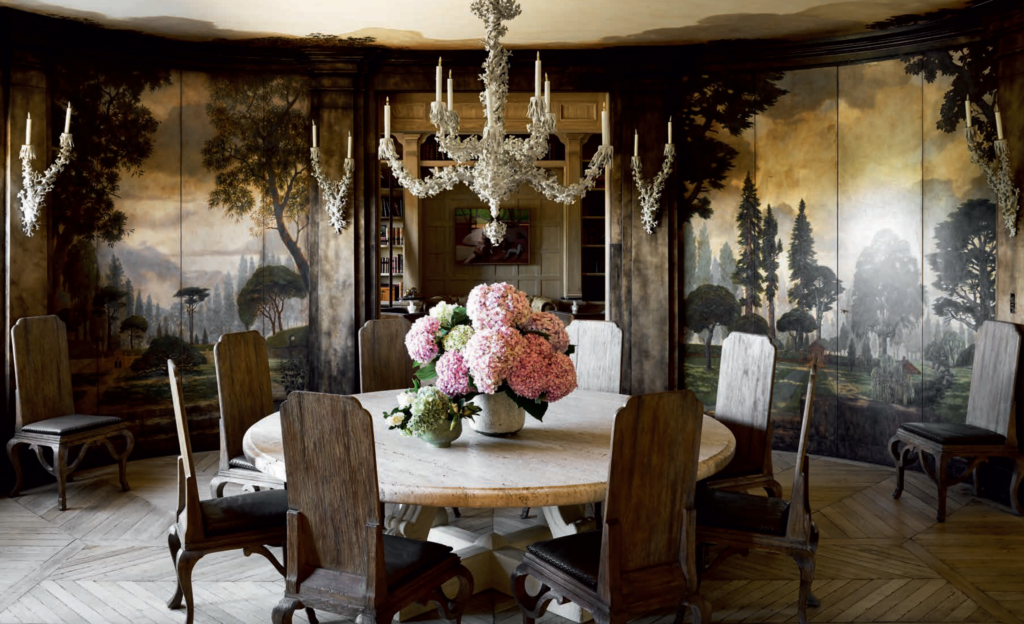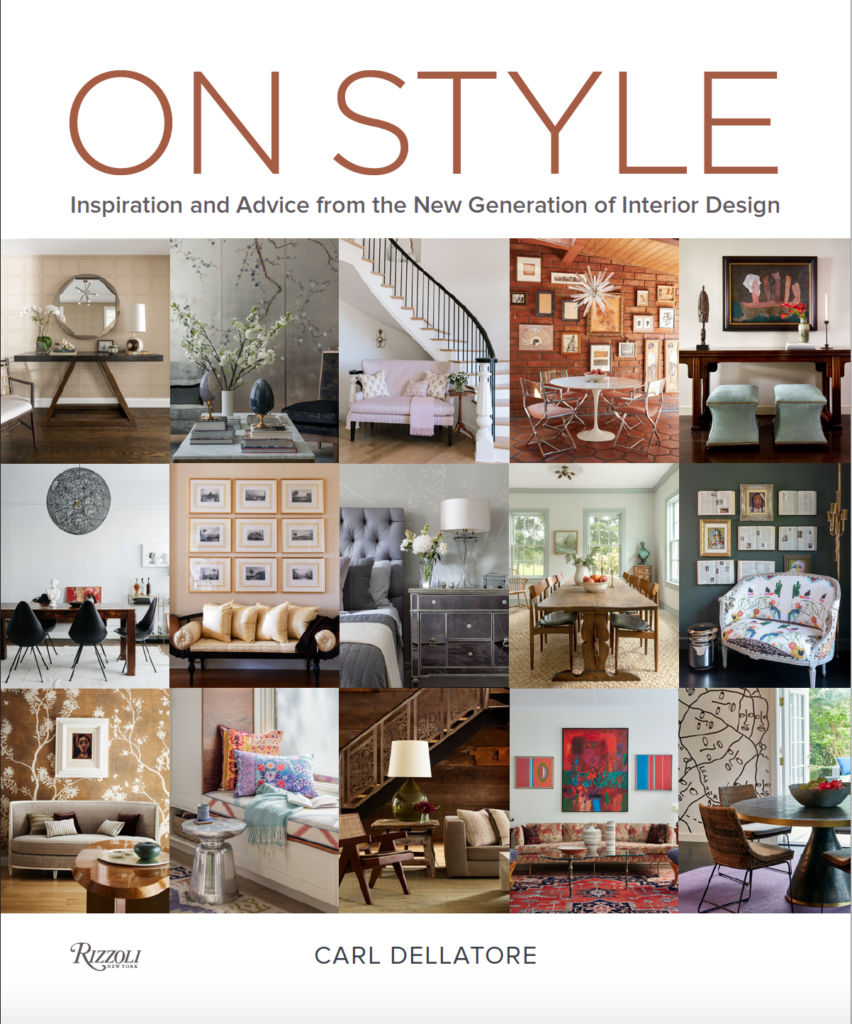
Creating a successful design book encompasses much more than simply arranging beautiful photographs on a page. As an art director and book designer who has spent years working with authors to bring their visions to life in print, I have developed a deep understanding of what it takes to translate their aesthetic into a cohesive visual package.
My first step with any designer is always research. I immerse myself not only in their portfolio but also in their thought process, design philosophy, professional history, and any other factors that drive their creative decisions. This is beyond professional courtesy! It’s an essential step in producing a book that genuinely represents who the designer is. Every font choice, every layout decision, every color palette I select should feel like a natural extension of my client’s work.
The typography itself can tell a unique story. If the designer’s aesthetic leans traditional and elegant, a classic serif font can echo the sophistication of those kinds of interiors. For a designer with a more modern, edgy approach, a clean sans-serif font will better capture that contemporary spirit. But there’s also artistic value in creative rule-breaking. Pairing fonts to create hierarchy and visual interest–a thoughtful combination of serif and sans-serif, for example–can provide a rich and beautiful balance, much like a designer might pair a contemporary sofa with an antique coffee table.
The book’s cover presents the most significant challenge, and opportunity, for me: a delicate balance between an image that tells the entire story at a glance and typography that enhances and informs without competing with that image. The most successful covers I’ve designed are those where the image and type seem as if they were always meant to be together, neither overpowering the other.
The collaborative process—poring over the photography with the author, discussing their design aesthetic and vision for the book—is really where the magic happens. They get to share the story behind each particular room—perhaps it was a challenging space with an even more challenging homeowner, or a project where every detail held special meaning. These conversations inform how I treat that space in the book: Does it deserve a full spread? Does it warrant detailed shots that highlight specific design solutions?
The reality is that creating an interior designer’s book involves balancing multiple voices—the author’s, the editor’s, the publisher’s, and the marketing team’s perspective. Each brings valid concerns about everything from commercial appeal to production costs. My role is to navigate these sometimes competing interests while protecting the integrity of the design vision.
In the end, a well-executed book project should serve not just as a portfolio, but as a refined extension of the designer’s brand and creative legacy.
